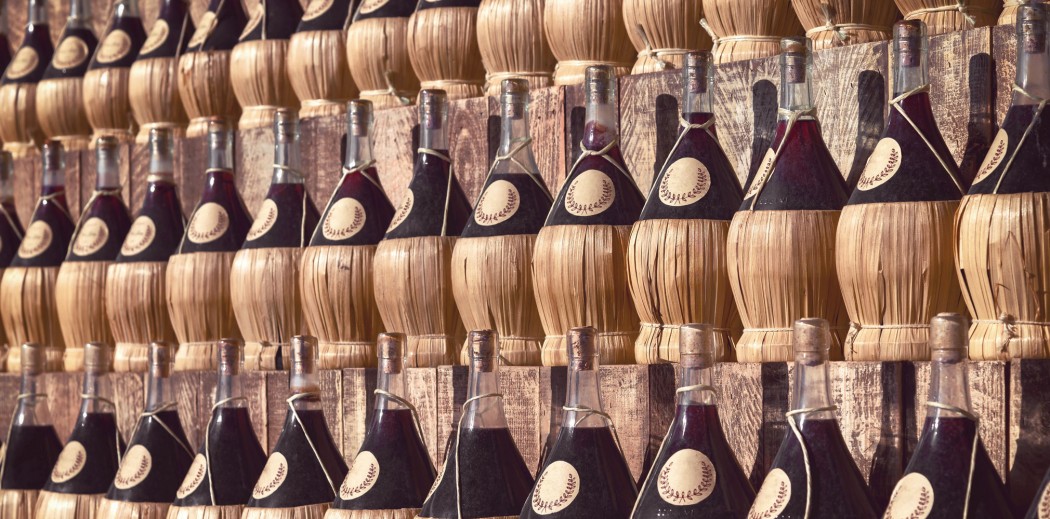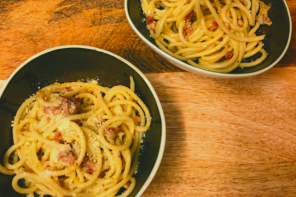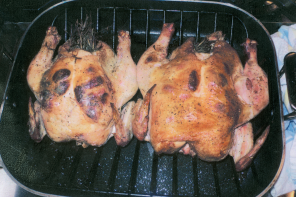Table wine – what we’re quick to picture sitting on a red-checkered tablecloth in that woven basket like case. We’re reminded of the movie Lady and the Tramp, and other classic Italian scenes of the boisterous waiter with a thick accent serving piping hot plates of spaghetti and meatballs. Even though we can picture what table wine looks like on the outside, what exactly is in the bottle is a question that often gets overlooked.
A quick Google definition relays the message that table wine is, “wine of moderate quality considered suitable for drinking with a meal.” That’s information easy enough to digest. Table wines are those that are intended to imbibe with food for a quality experience, one of the main reasons why we open a bottle. They’re the unpretentious counterparts to fussier vintages and a relatively all-encompassing term when it comes to general wine knowledge. However, there are some rules that define table wine when we get through the bottle.
By American standards, the wine can’t be more than 14 percent alcohol by volume and can’t be sparkling or fortified (like port). It’s often described as light, dry or sweet. On the label, you might see a table wine labeled as such, but according to our country’s standards, it’s really up to the winery or vineyard if they want to include that distinction on their label. One common misconception is that the moderate quality of table wine means that it’s cheaper in price, when in reality it can be just as expensive as other bottles. Table wine can also be nice quality to boot, not just “moderate.”
Europe has stricter standards when it comes to labeling. In Europe there is either “table wine” or “Quality Wines Produced in Specific Regions” (QWpsr). So, wine from Europe falls in either one of those categories and each country in the EU has further categories and guidelines within the table wine and QWpsr genre.
One example is France. In 1935, France came up with a system of four categories to establish wine, one of them being “vin de table,” or table wine. Since 2011, the categories in the country have shifted and table wine has been renamed to “vin de France,” or simply French wine.
So what is table wine? Essentially, it’s a subjective term. It can be a personal favorite, the two-buck chuck at 12.5 percent ABV, the bottle you always reach for when you go to the store because it’s simply familiar or the Pinot Noir that you just received in your WA box that you’ll re-buy at the shop. Whatever’s affordable in your budget that you enjoy drinking when you sit down with a meal with friends; that’s table wine.








